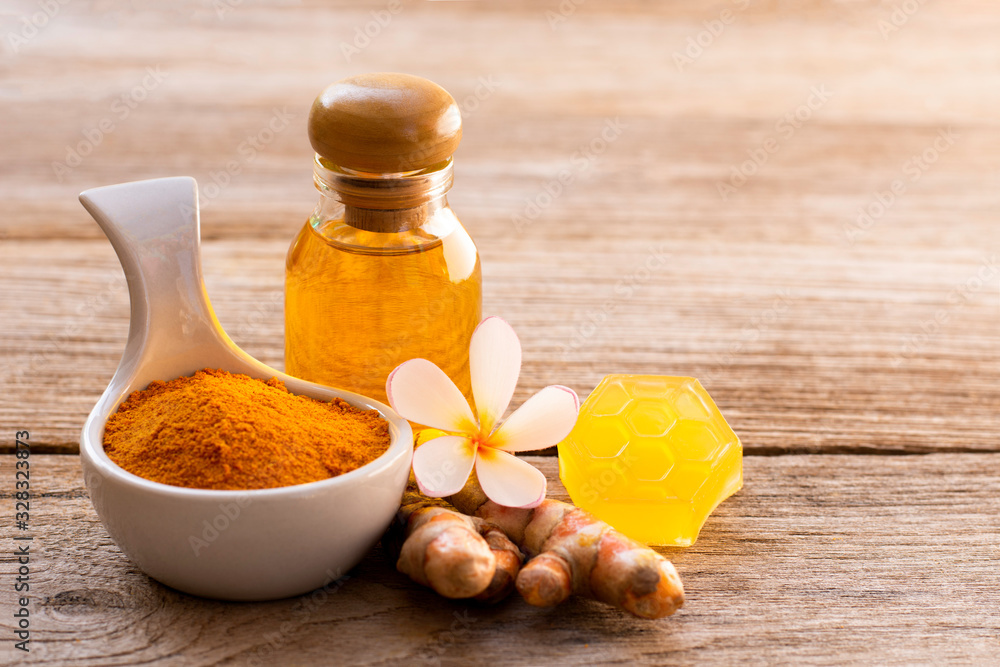
The monsoon season has here, and with it, the opportunity to enjoy the pitter-patter on the windowpanes, the lush green environment, and calming weather. It’s also the time of year when our desire for greasy, rich cuisine reaches an all-time high. However, we frequently overlook the health issues that the weather causes. The monsoon season brings with it a slew of seasonal ailments such as colds, flu, fever, and digestive issues. While the change of seasons affects our immunity, causing sickness and fever, excessive pakora and bhajiya consumption causes indigestion. This is why health professionals emphasize the importance of seasonally adjusting our diets to keep us immune and fed from the inside. This begs the question of what exactly we should incorporate into our monsoon diet. On the internet, you’ll find a variety of suggestions, the easiest and most practical of which is to include seasonal food as well as healthful herbs and spices. Take, for example, turmeric (or Haldi). Haldi, a common ingredient in our kitchens, has been utilized in traditional medical treatment for millennia. It has antioxidants, antiviral, anti-inflammatory, and antifungal qualities that aid in detoxification and the battle against free radical damage.
Haldi tea has a variety of health benefits due to its excellent blend of antioxidants and anti-inflammatory compounds. Turmeric is a potent liver cleanser, therefore it enhances immunity by improving liver function. The inclusion of ginger boosts the anti-inflammatory effects by a factor of two.
How to Make Turmeric Tea-
- Place 1 cup water in a saucepan.
- 1/2–1 tbsp raw unrefined sugar You might also use jaggery or maple syrup instead of sugar.
- Allow the water to come to a boil before adding 18 teaspoon ground ginger (dried ginger powder – saunth). 1/2 teaspoon freshly grated ginger root or crushed ginger can be added as well.
- After that, add 1/8 teaspoon ground ceylon cinnamon (ceylon cinnamon powder and not cassia cinnamon powder)
- 1/8 teaspoon ground black pepper or crushed black pepper
- 1/2 teaspoon ground turmeric (turmeric powder).
- Continue to boil for another minute or two.
- Remove the pan from the heat and pour the tea into a cup or mug. You can even strain the tea as you pour it. Turmeric tea can be served hot or cold.
People have utilized turmeric in traditional medicine techniques for hundreds of years to cure a variety of illnesses. Scientists weren’t sure why until they discovered curcuminoids, a type of polyphenol antioxidant found in turmeric.
Curcumin, according to researchers, is the most effective of these components. Curcumin has been proven in human studies to have anti-inflammatory, anti-diabetic, and antioxidant effects.
However, most studies on the effects of turmeric and curcumin have employed high-dose pills rather than turmeric tea.
Furthermore, because the body does not absorb curcumin from turmeric well, the amount you ingest via turmeric tea is likely to be much lower than the amount used in laboratory studies exploring concentrated turmeric supplements.
Still, turmeric tea is a healthy and tasty beverage. Researchers are still looking into how to best use curcumin’s powerful health benefits.
A good source of certain nutrients
In most discussions about turmeric’s health benefits, curcumin takes center stage. However, it is not the only nutrient found in turmeric or turmeric tea.
One teaspoon (3 grammes) of dried turmeric (enough to create a cup or two of turmeric tea) also contains:
Manganese accounts for 26% of the daily value (DV)
Iron: 9% of the daily value
Copper accounts for 4% of the DV.
Bioactive substances are present.
Bioactive substances are nutrients that improve human health. These include well-known vitamins and minerals, as well as less well-known substances like polyphenols and volatile oils.
Curcuminoids, such as curcumin, are the most abundant group of bioactive compounds identified in turmeric tea, but there are hundreds more, including several volatile essential oils.
Calorie-free by nature
1 cup (237 mL) of turmeric tea contains between 10 and 30 calories without any additional milk or sweets such as honey, depending on how much turmeric you use and the type.
As a result, if you’re looking for ways to cut calories in your diet, turmeric tea is a perfect substitute for high-calorie beverages like soft drinks, juices, and alcohol.
A fantastic tea for before bed.
Caffeine is not present in plain turmeric tea. As a result, it’s an excellent tea to drink in the late afternoon or evening without disturbing your sleep cycle.
It also goes nicely with other non-caffeinated teas like chamomile.
However, turmeric tea is frequently combined with other types of green or black tea. They include caffeine If you want to enjoy turmeric tea without the shock of caffeine, look for a caffeine-free tea.
Could benefit heart health
Turmeric and curcumin may help your heart operate effectively in a variety of ways.
Might promote heart health
According to research, turmeric and curcumin supplements may lower blood pressure and fat levels in the blood, both of which can be risk factors for heart disease when they are elevated above normal levels.
One study, for example, discovered that consuming turmeric for 12 weeks or longer significantly reduced systolic blood pressure, which is the first number in a blood pressure assessment. This figure shows the amount of pressure imposed on the arteries each time your heart beats.
It can be used as a natural, plant-based dye.
Turmeric is well known for its brilliant yellowish-orange color, which is caused by the curcuminoids found in it.
Turmeric’s color pigments are incredibly potent, which means they may readily stain a variety of surfaces, including teeth, clothes, and countertops. That could be exactly what you’re looking for in some cases. Turmeric tea, or simply turmeric soaked in water, can be used to dye a variety of items, including fabric and even eggs, without the use of harsh chemicals or additives.
